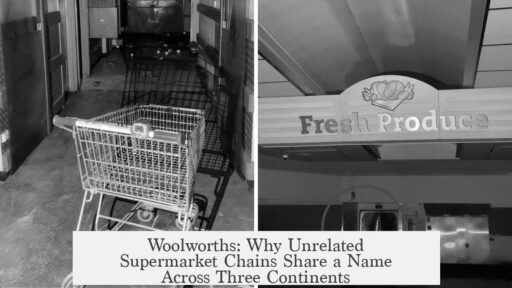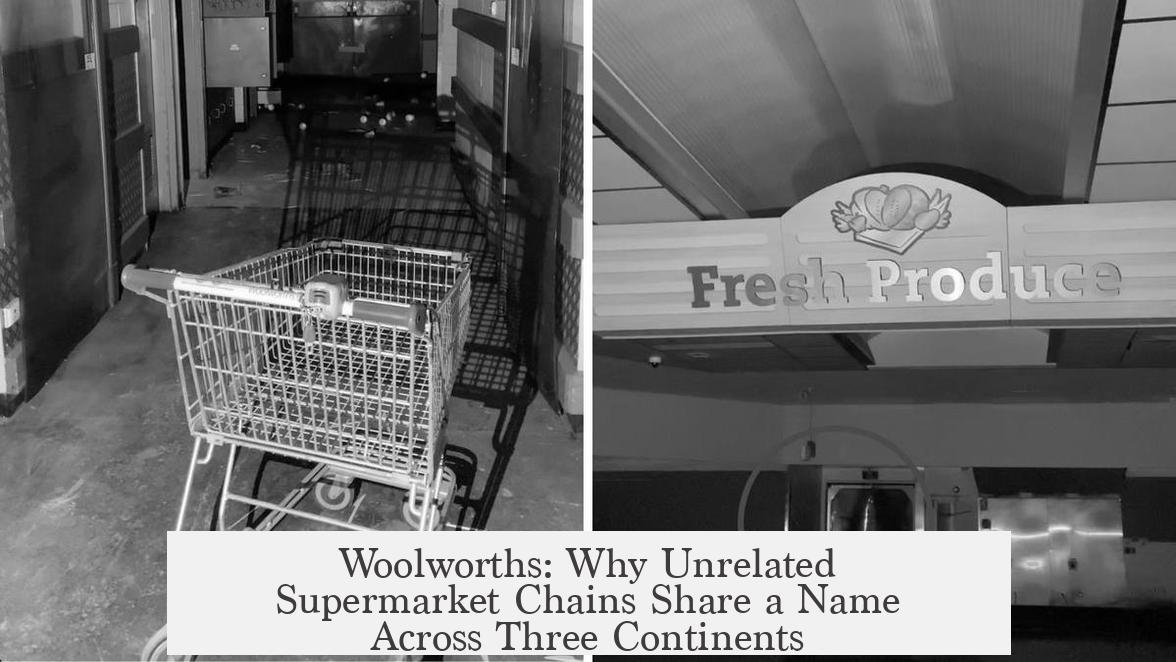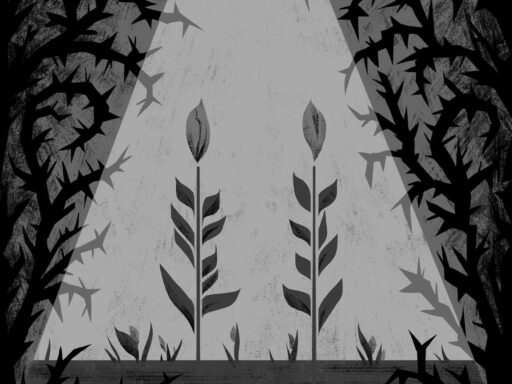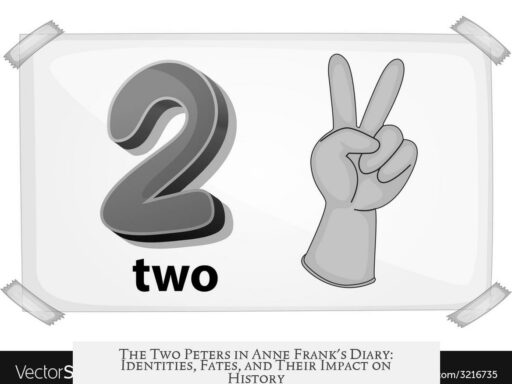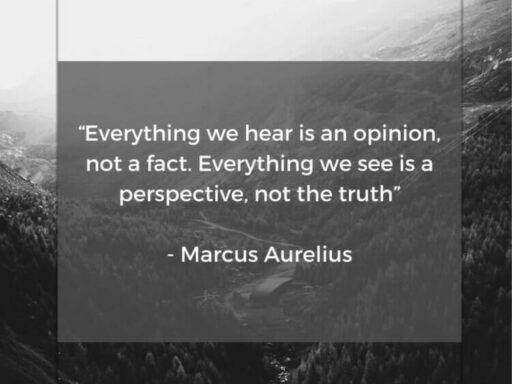The unrelated supermarket chains named “Woolworths” in the USA, South Africa, and Australia share a common origin in name inspiration but developed independently without ongoing legal disputes between them over the use of the brand. The Australian Woolworths adopted the name inspired by the US Woolworth brand but grew into a separate entity with no shared ownership. There is no evidence of recent challenges or conflicts among these companies regarding the Woolworths name.
The name Woolworths originally belongs to F.W. Woolworth & Co, a famous US-based retail company operating in the early 20th century. The US Woolworths was a general merchandise store chain. Its success inspired other ventures in different countries. The Australian Woolworths supermarket chain, established in 1924, intentionally took its name from the American company. This borrowing was initially informal and partly playful. According to the company’s history, the Australian founders first proposed the name “Wallworths Bazaar Ltd” as a nod to Woolworths in the US. Upon finding out the American Woolworths had neither registered the name in Australia nor intended to operate there, they changed it to Woolworths.
Anecdotal accounts mention a “cheeky dare” behind choosing the Woolworths name for the Australian company. Some stories credit Harold Percival Christmas, one of the founders, with daring his partner to use the name, though sources are inconsistent. These details mostly come from non-official blogs and news articles, often tracing back to an uncited Wikipedia claim first appearing in 2004. This illustrates the ambiguity and folklore that sometimes surrounds brand histories.
Regarding legal conflicts, trade name disputes did arise in the early 20th century. In 1930, a newspaper report indicated that the American Woolworth company obtained an injunction against Woolworths (Australasia) Ltd to stop it trading in the UK using the Woolworths name. The injunction was effective as long as the UK subsidiary’s name contained Woolworth or Woolworths. To resolve this, the Australian company rebranded its UK operations as “Australasian Chain Stores.” This name change allowed them to continue operating without infringing on the American brand’s rights in the UK market.
The Woolworths name also appeared in South Africa, but the South African Woolworths is an independent business founded in 1931, distinct from both the US and Australian Woolworths. It is primarily a retail and supermarket chain specializing in clothing, food, and household goods. The South African Woolworths is unrelated legally and corporately to its American or Australian namesakes. Each runs under different ownership and operates in separate markets with no reported legal disputes among them over the name usage.
Today, the Woolworths name represents very different enterprises globally. The original US Woolworths chain ceased retail operations in the 1990s. It transformed mainly into the Foot Locker brand, specializing in athletic footwear, and abandoned the Woolworth name. This contrasts with the Australian Woolworths, which has grown to become one of Australia’s biggest supermarket chains focusing mainly on groceries and general merchandise. Meanwhile, South African Woolworths maintains its identity as a premium retailer focusing on food and apparel. The businesses have diverged substantially from their common name origin.
In summary, the primary reason unrelated supermarket or retail chains named Woolworths exist in the USA, South Africa, and Australia stems from historical adoption of the name inspired by the original American Woolworths brand. However, separate ownership structures, market focuses, and geographic operations have kept them distinct. Some early 20th-century legal disputes, particularly in the UK, required name adjustments but were resolved quickly. There is no evidence of ongoing or direct legal challenges among these companies regarding name usage today.
| Country | Company Origin | Business Focus | Name Relationship | Legal Challenges |
|---|---|---|---|---|
| USA | F.W. Woolworth & Co., established late 19th century | General merchandise retail (ceased Woolworth brand in 1997) | Original Woolworths brand | None with others post-1930 |
| Australia | Inspired by US Woolworths, founded 1924 | Supermarket chain | Used name with informal permission/absence of US trademark in Australia | 1930 UK injunction resolved by name change overseas |
| South Africa | Founded 1931, independent | Retail and supermarkets | Independent from US/Australia Woolworths | No major disputes reported |
- Australian Woolworths adopted the name from the US brand but operates separately.
- Early legal disputes occurred in the UK but were settled by renaming operations.
- South African Woolworths is unrelated to the US and Australian companies.
- The US Woolworths brand no longer exists as a retail chain today.
Why Are There Unrelated “Woolworths” Supermarket Chains in the USA, South Africa, and Australia? Did They Ever Challenge Each Other Over the Name?
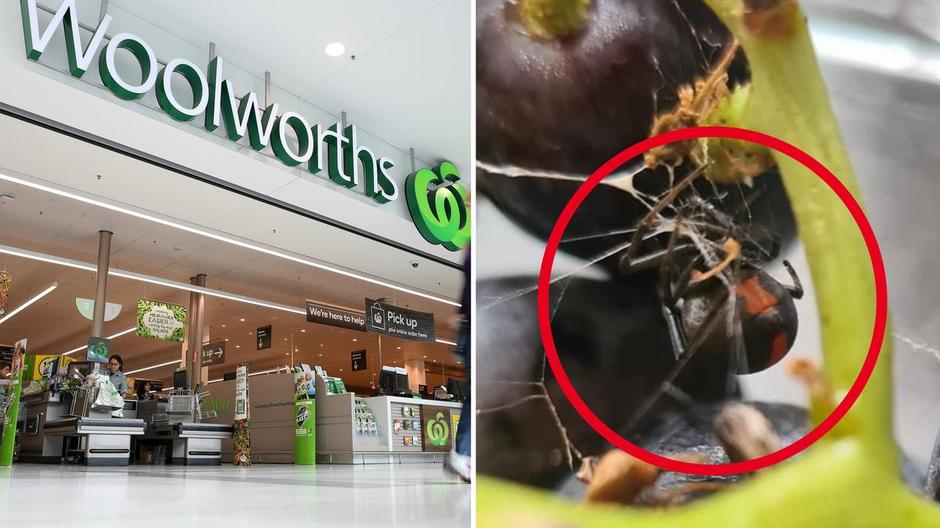
It’s a question that might puzzle shoppers wandering down aisles labeled “Woolworths” from Sydney to Johannesburg to, well, historically in the USA. Why do unrelated supermarket chains in these countries share the same name, and have they ever tussled over it? Let’s dive into this quirky tale of commerce, legal battles, and cheeky dares.
The Curious Origin of Australia’s Woolworths

First off, Australia’s Woolworths definitely borrows its name from the iconic American F.W. Woolworth Company, but it’s not as straightforward as it seems.
Originally, when the Australian company launched back in the early 20th century, it planned to call itself “Wallworths Bazaar Ltd”. See what they did there? A clear wink to the famous American brand. But when the founders found out that F.W. Woolworth hadn’t registered their name in Australia and didn’t plan to start operations there, they upgraded to “Woolworths.”
Here’s a fun wrinkle: a popular story suggests the Australian name came about “because of a cheeky dare.” One Harold Percival Christmas (yes, really) allegedly dared his business partner to name the new store after the US Woolworth’s. Whether that’s Christmas daring Cecil Scott Waine or another partner named Williams remains a murky detail. A flurry of 2000s-era blogs and articles repeat the story but mainly trace back to uncited Wikipedia entries, making the dare feel more like urban business legend than firm fact.
What About the Woolworths in South Africa and the USA?
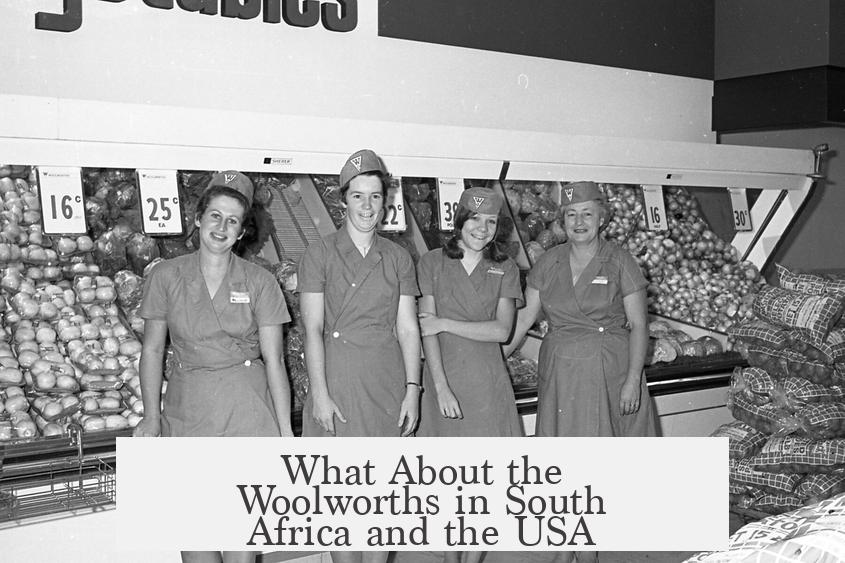
Meanwhile, the South African Woolworths, founded in 1931, stands apart entirely. Despite sharing the name, it has no direct connection to the Aussie or American entities. It’s more of a high-end retailer than a supermarket, specializing in groceries and clothing. Why the same name? The founders admired the American FW Woolworth Company but launched independently, similar to Australia’s story but with no legal snags or dares involved.
As for the United States, the original Woolworth’s was a retail giant known for its “five-and-dime” stores that thrived through much of the 20th century. However, its supermarkets were never directly branded as Woolworths in the same sense as the Australian or South African chains. Eventually, the American Woolworth’s company morphed into Foot Locker, a totally different beast.
Did These Woolworths Ever Challenge Each Other?
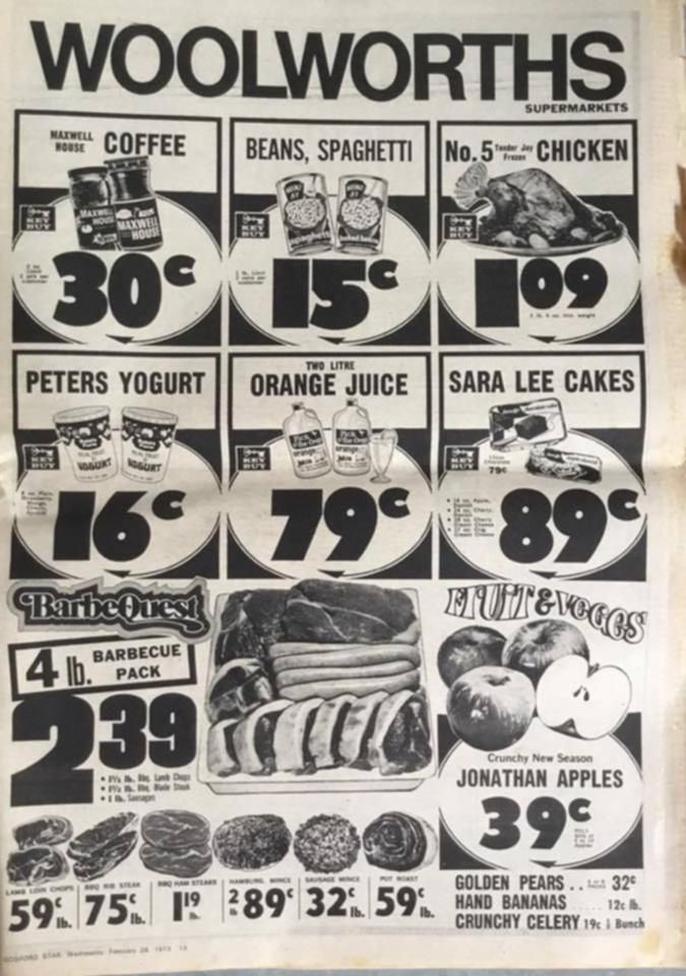
This is where it gets juicy—at least around the UK, if not so much in the Southern Hemisphere.
Back in 1930, Europe became a battleground of sorts. The American Woolworth Company secured a legal injunction preventing the Australian Woolworths from operating in the UK using the “Woolworth” or “Woolworths” name. Big move, right? The Aussie brand had to cleverly rename its UK arm to “Australasian Chain Stores” to avoid stepping on American toes—and to keep London’s consumers happy.
But beyond this British courtroom drama, the Woolworths in Australia, South Africa, and the USA generally coexist peacefully, thanks in part to their distinct markets and geographical separation.
How Have These Brands Diverged?
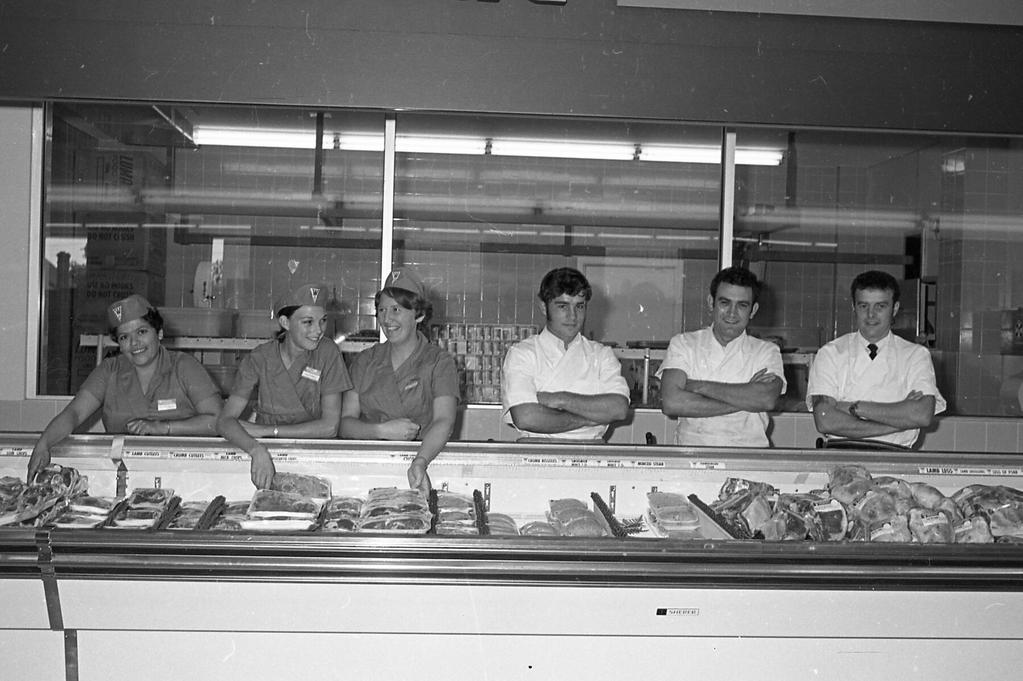
Fast forward to today, and the name “Woolworths” means very different things depending on where you stand.
- In the USA, Woolworth’s as you knew it is gone, transformed into the Foot Locker sneaker juggernaut.
- In Australia, Woolworths evolved into one of the biggest supermarket chains, dominating groceries rather than five-and-dime stores.
- South Africa’s Woolworths became somewhat akin to a premium grocery and lifestyle brand, not much like the Australian one but focused on quality food and apparel.
This divergence shows how names may link histories, but companies often steer their destinies on wildly different paths.
Why Is This Important to Us Today?
People often wonder if these “Woolworths” chains are connected or if choosing that name means ongoing battles for market dominance. The simple truth is these businesses mostly grew in parallel without global brand conflicts—beyond the UK legal tiff.
Here’s an interesting thought: Does sharing a common name ever confuse shoppers? Probably. But each Woolworths focuses on its markets and offers unique products, building distinct reputations despite the shared heritage of a name inspired by an American retail titan.
This story is also a reminder that trademark laws and business names don’t always map neatly across borders. Legal challenges often happen only when markets intersect, as happened in the UK. Otherwise, geographic chessboards allow the same name to thrive independently. Isn’t business globalization a mix of strategy and serendipity?
Takeaways: What Can Aspiring Entrepreneurs Learn?
- Check trademark registrations. Australia’s Woolworths chose its name after verifying the US brand wasn’t registered locally—that’s smart groundwork.
- Expect surprises with brand history. Stories like the “cheeky dare” add charm but often lack hard evidence. Dig deeper before accepting legends as facts!
- Legal challenges happen where markets overlap. The UK injunction shows the importance of knowing where your brand name might cause conflict.
- Adapt and evolve. The American Woolworths changed drastically over time, showing that survival means rethinking your identity.
In short, unrelated Woolworths chains in the USA, South Africa, and Australia share a common name mostly by coincidence and admiration, not by direct business linkage. They’ve rarely conflicted seriously—except in a notable UK legal dust-up—and each evolved to serve its unique customer base.
So next time you pop into a Woolworths, ask yourself: is this the legacy of a cheeky dare, a sharp legal play, or just global retail history’s quirky twist?
